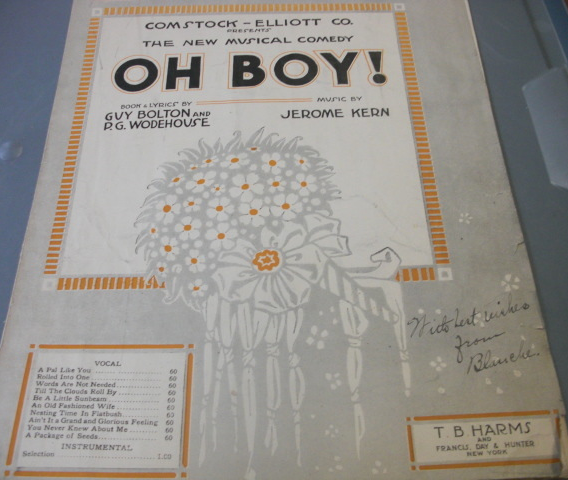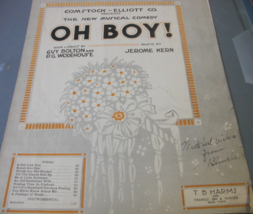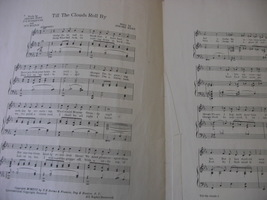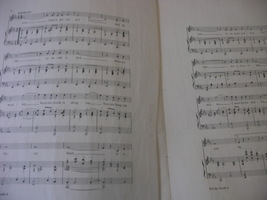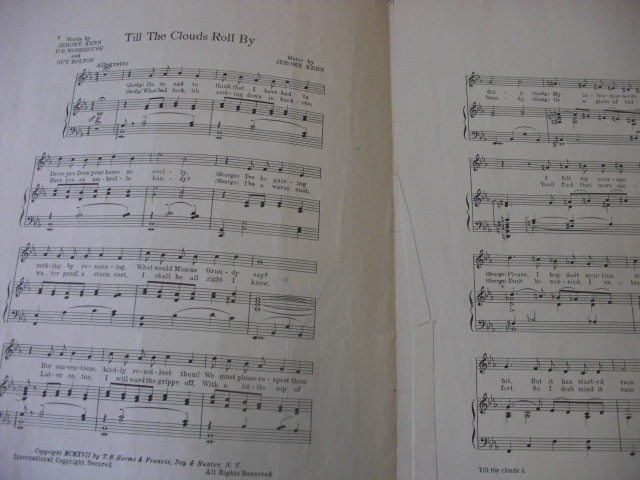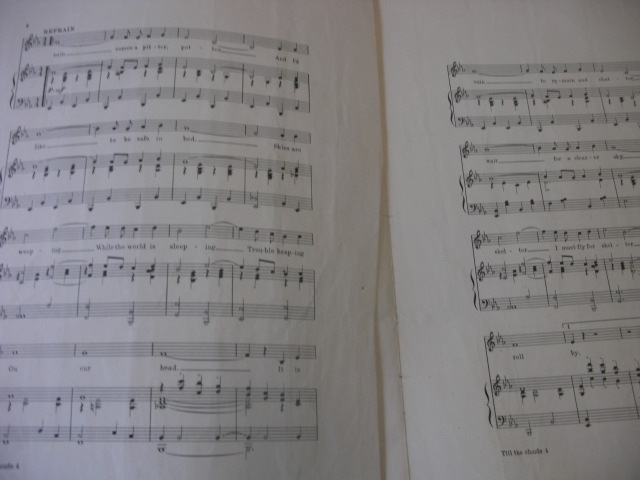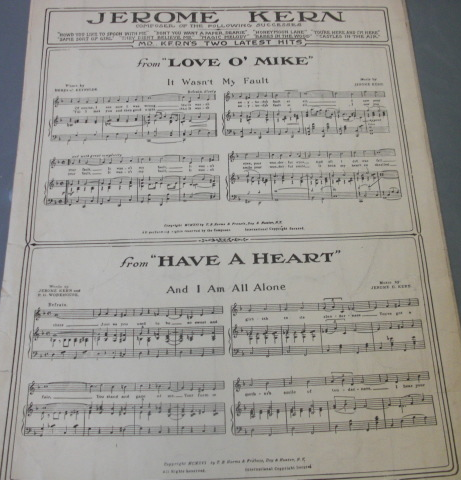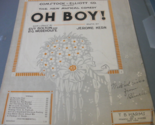Rendered at 23:16:13 05/20/25
Free Shipping
Lullaby. By Reginald de Koven. Published 1889 by G. Schirmer, 35 Union Square in
$225.00
Shipping options
Estimated to arrive by Thu, May 29th.
Details
FREE via UPS Ground (1 to 5 business days) to United States
Return policy
Purchase protection
Payment options
PayPal accepted
PayPal Credit accepted
Venmo accepted
PayPal, MasterCard, Visa, Discover, and American Express accepted
Maestro accepted
Amazon Pay accepted
Nuvei accepted
Shipping options
Estimated to arrive by Thu, May 29th.
Details
FREE via UPS Ground (1 to 5 business days) to United States
Return policy
Purchase protection
Payment options
PayPal accepted
PayPal Credit accepted
Venmo accepted
PayPal, MasterCard, Visa, Discover, and American Express accepted
Maestro accepted
Amazon Pay accepted
Nuvei accepted
Item traits
| Category: | |
|---|---|
| Quantity Available: |
Only one in stock, order soon |
| Condition: |
Very Good |
| Special Attributes: |
1st Edition |
| Author: |
Jerome Kern |
| Book Title: | |
| Language: |
English |
| Topic: |
muiscal comedy |
| Format: |
soft cover-sheet music |
| Publisher: |
T.B. Harms |
| Publication Year: |
1917 |
| Original Language: |
English |
| Narrative Type: |
Fiction |
| Country/Region of Manufacture: |
United States |
| Edition: |
1st |
| Intended Audience: |
Adults |
| Personalized: |
Yes |
| Vintage: |
Yes |
| Era: |
1917 |
| Item Height: |
13 1/2 |
| Item Width: |
10 1/2 |
| Number of Pages: |
6 |
Listing details
| Shipping discount: |
Seller pays shipping for this item. |
|---|---|
| Price discount: |
10% off w/ $100.00 spent |
| Posted for sale: |
More than a week ago |
| Item number: |
1737096784 |
Item description
The musical “Oh, Boy!” comes from the year 1917 with music by Jerome Kern and lyrics by P.G. Wodehouse. “Till the Clouds Roll By” is sung by Anna Wheaton James Harrod recorded NYC March 13th 1917
Original sheet music for the song "Till the Clouds Roll By," from the 1917 musical "Oh, Boy!" Basis for the 1919 silent film directed by Albert Capellani. A hapless young man elopes with a judge's daughter, and must subsequently win over her serious-minded parents and his own Quaker aunt. The third wildly popular Broadway musical written by P.G. Wodehouse and Guy Bolton, following "Miss Springtime" (1916) and "Leave It to Jane" (1917). The play made its Broadway debut at the Princess Theatre in February 1917, and later transferred to the Casino Theatre to finish a successful run of 463 performances. 10.5 x 13.75 inches. Six pages (one folded leaf and one inserted leaf). Very Good plus.
Jerome Kern (1885–1945) had a long career as one of the most prominent and important American theatre composers of the early 20th century. “Till the Clouds Roll By” comes from a 1917 show—Oh, Boy!—that Richard Rodgers likely saw as a teenager. (He was a big theatre lover and a Kern fan by this point.) Kern wrote a series of small, intimate musicals during the World War I era, in a musical style that was both straightforward and catchy, yet retained a certain elegance. Richard Rodgers listened…and learned.
To today’s ears, the song—and this original performance—may sound exceedingly quaint and old-fashioned, but just listen to how Kern builds the melody of the chorus (starting at 0:43—skip the verse if you’re pressed for time) from the lowest note of the melody to the highest note within three phrases of music, and then gently brings us back down to the middle, all with a sense of musical inevitability and a satisfying underpinning of harmony. Then he repeats the same course for the second half of the refrain (with a slight variation at the end of it)
The square-ness of the instrumental break at 1:37 always makes one smile—it feels completely devoid of any sass or cynicism that would explode into the popular song culture of the 1920s and beyond, and yet the pureness and innocence of this song very charming
Added to your wish list!
Get an item reminder
We'll email you a link to your item now and follow up with a single reminder (if you'd like one). That's it! No spam, no hassle.
Already have an account?
Log in and add this item to your wish list.


